Vegan Globetrotter is supported by our audience. When you purchase through one of our links, we may earn a small affiliate commission. As an Amazon Associate I earn from qualifying purchases. Your cost is not affected.
==================
“Induction cooktops help prevent burns by utilizing advanced technology that ensures precise heat control, reducing the risk of accidental burns while cooking.”
Ever had those moments in the kitchen where things start to go awry? As someone who’s had their fair share of cooking mishaps, I can relate. But here’s the twist: induction cookers have actually been my savior in preventing some of those disasters. From avoiding scorched sauces to sidestepping accidental burns, these sleek appliances have proven their worth. And it’s not just me—many others have similar stories to tell.
So, join me as we explore the world of induction cooking. We’ll uncover how these modern marvels prioritize safety, delve into their cool features, and learn why mastering their use is crucial for preventing common kitchen injuries.
Preventing Burns: The Cool Surface of Induction Cooktops and Safety Benefits
Induction cooktops offer a modern approach to kitchen safety. They drastically reduce the risk of burns that are common with traditional stoves.
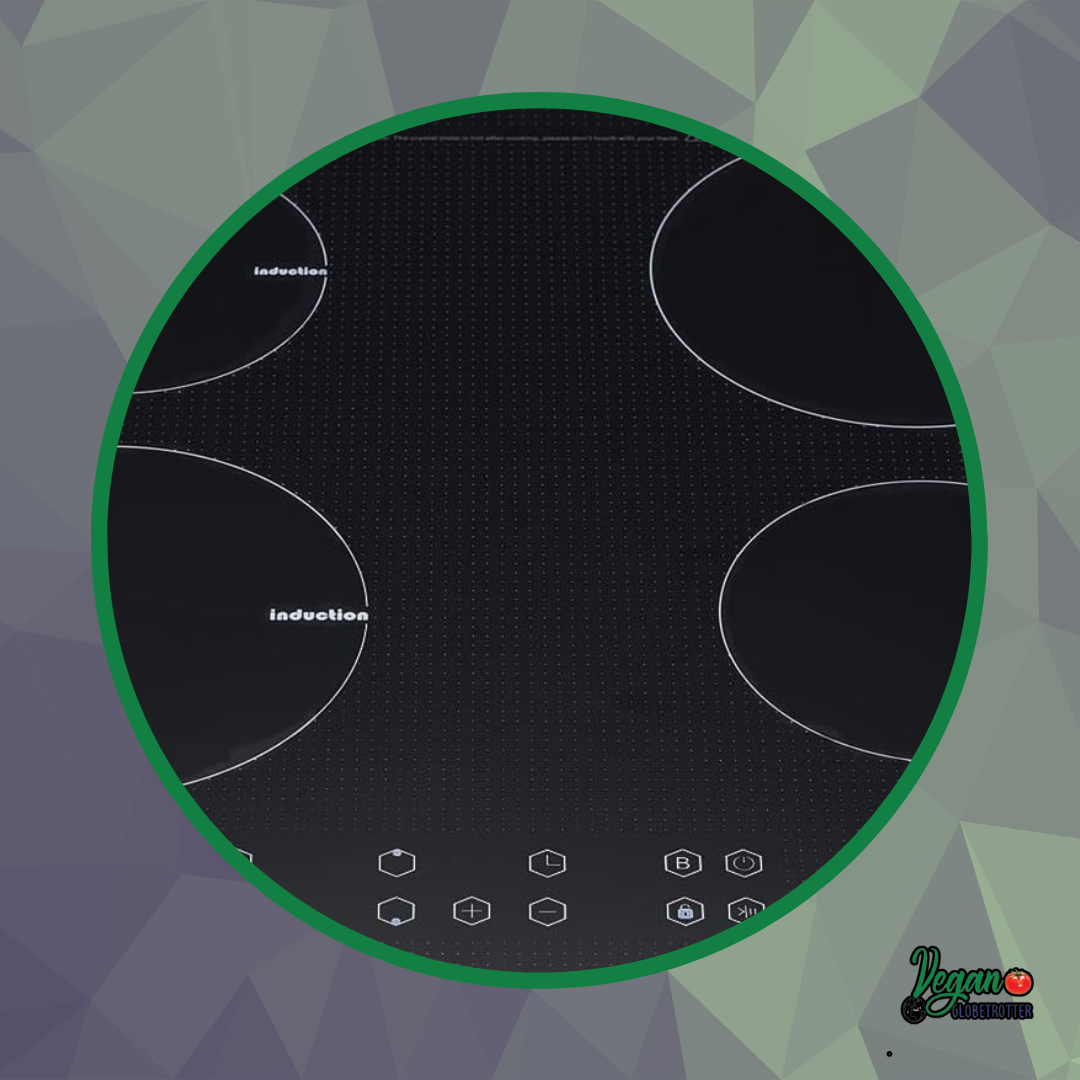
Unlike gas or electric ranges that heat cookware indirectly through a burner that gets very hot, induction cooktops operate on an electromagnetic field. This means the heat is directly transferred to the cookware, while the cooktop surface itself remains relatively cool to the touch.
With the awareness of induction technology on the rise, many households and professional kitchens are adopting these appliances to improve safety and efficiency.
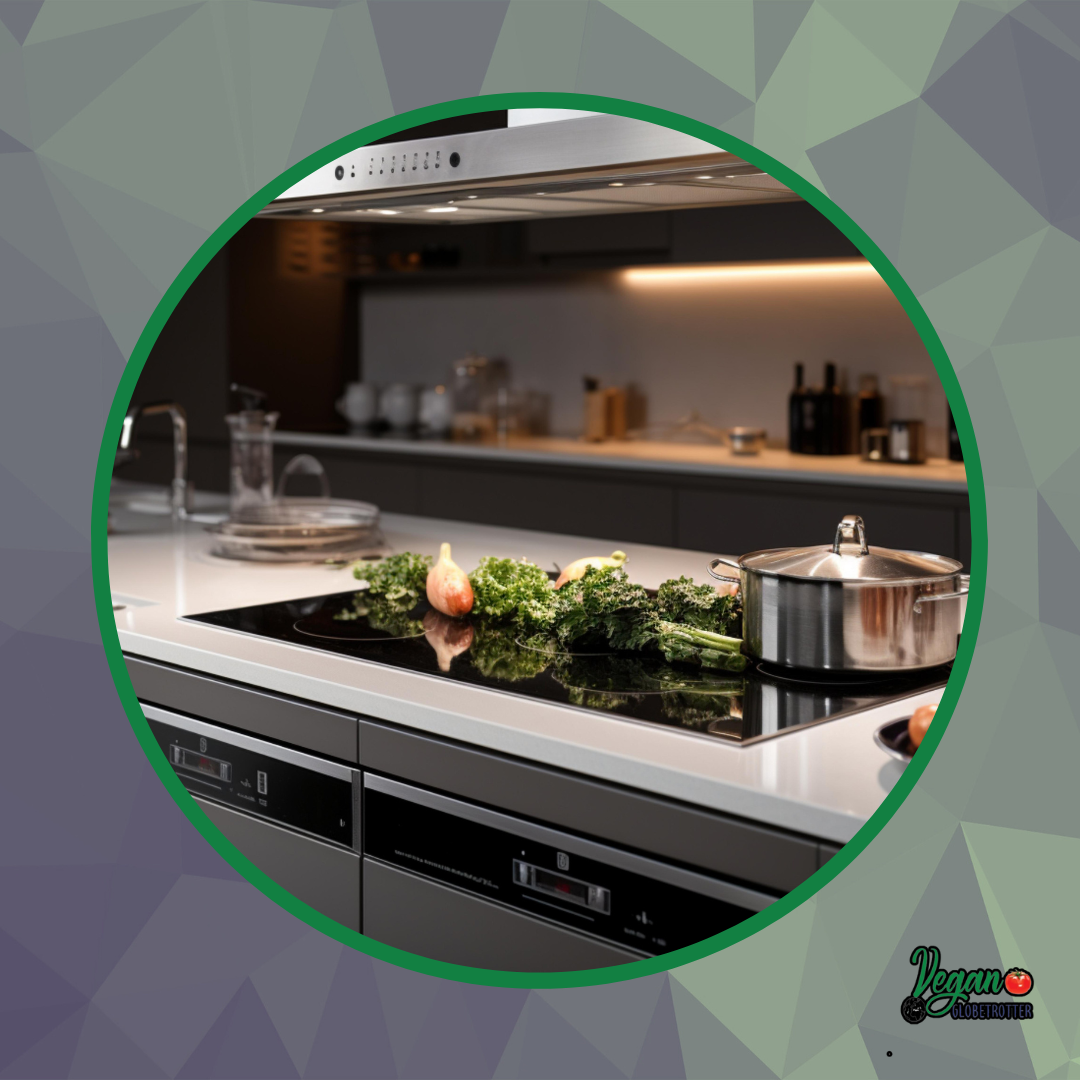
One of the inherent advantages of induction cooking surfaces is their capacity to maintain a lower temperature, even while delivering the intense heat needed for high-temperature cooking.
This cool surface feature significantly minimizes the danger of accidental burns, which is particularly beneficial in homes with young children or for those who are more vulnerable to kitchen accidents.
The key to maximizing the safety benefits of induction technologies lies in understanding how they work and proper handling, as even a hot pan can cause injury if mishandled.
Moreover, proper installation and adherence to safety standards are critical in preventing common injuries associated with cooking appliances.
Crucial Points To Remember
- Induction cooktops directly heat cookware, keeping the surface cooler to prevent burns.
- Understanding how to properly use induction technology can maximize kitchen safety.
- Installation following safety standards is essential for preventing burn injuries.
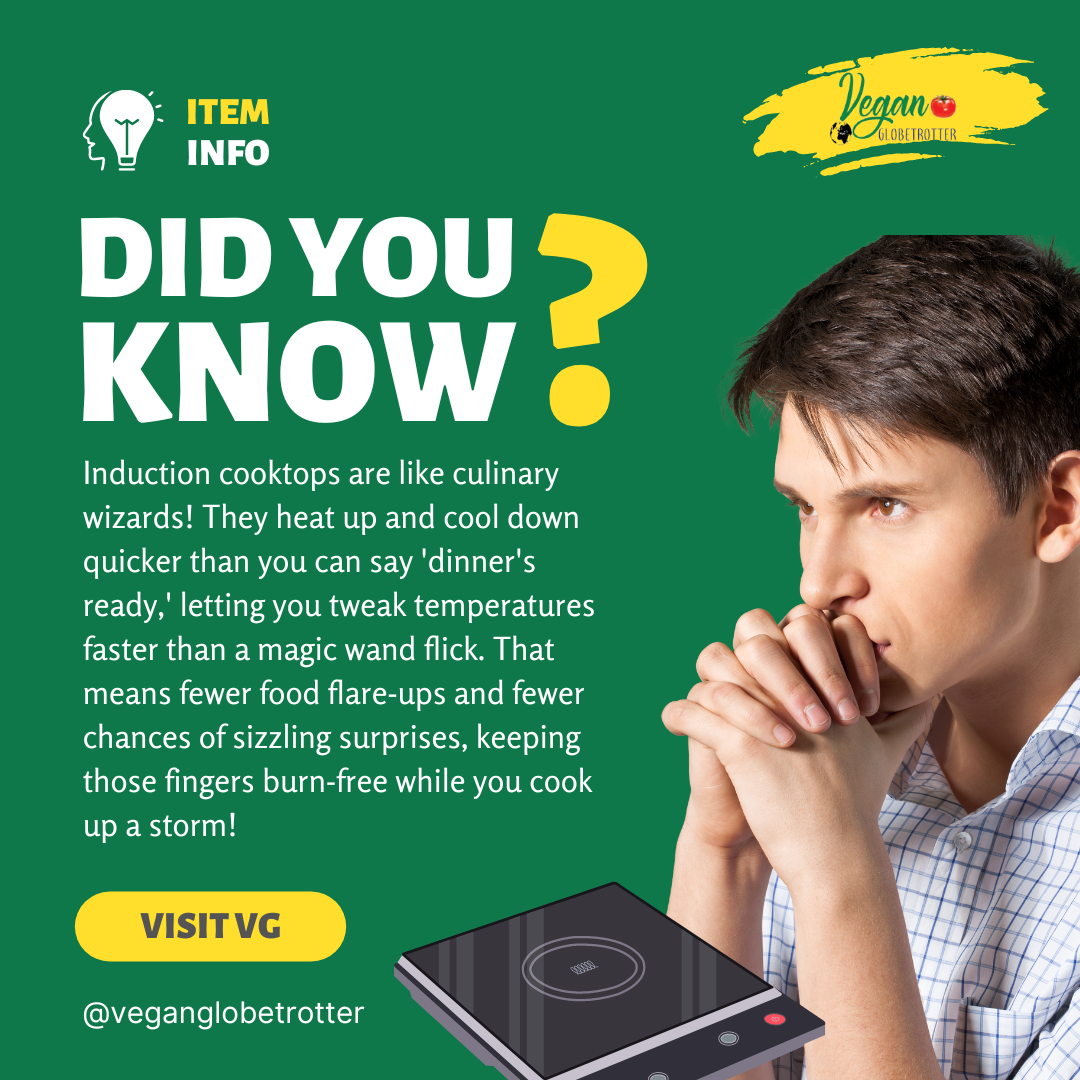
Understanding Induction Cooktops
The modern kitchen benefits immensely from the efficiency and safety of induction cooktops. They utilize electromagnetic fields to heat cookware directly, offering a significant departure from conventional cooking methods.

Principles of Induction Heating
Induction cooktops operate on an electromagnetic principle, where an electric current is passed through a coiled copper wire underneath the cooktop, creating a magnetic field.
When induction-compatible cookware is placed on the cooktop, this field induces an electrical current in the cookware, which in turn produces heat. Since the heat is generated within the cookware itself, the cooktop remains relatively cool to the touch.
Benefits of Using Induction Cooktops
One major benefit is the cool cooking surface; it greatly reduces the risk of burns that are common with traditional stoves.
The cookware heats up, but the cooktop does not. They also offer precise temperature control, leading to more consistent cooking results.
An induction stove is known for its energy efficiency as it minimizes heat loss, reducing energy consumption and kitchen heat buildup, often cited as being 5 to 10% more efficient than conventional cooktops.
Comparison with Traditional Cooktops
Compared to gas and electric cooktops, induction offers a unique combination of speed, safety, and energy efficiency.
Gas cooktops use an open flame to heat cookware, and electric cooktops use an electrical element. Both waste significant energy to the surrounding air; induction cooktops, by contrast, convey more of their energy directly to the cookware.
As a result, induction can boil water faster and maintain precise simmering more effectively than its counterparts.
The ease of cleaning and the sleek design of induction cooktops are additional strengths over the often difficult-to-clean surfaces found on traditional stoves.
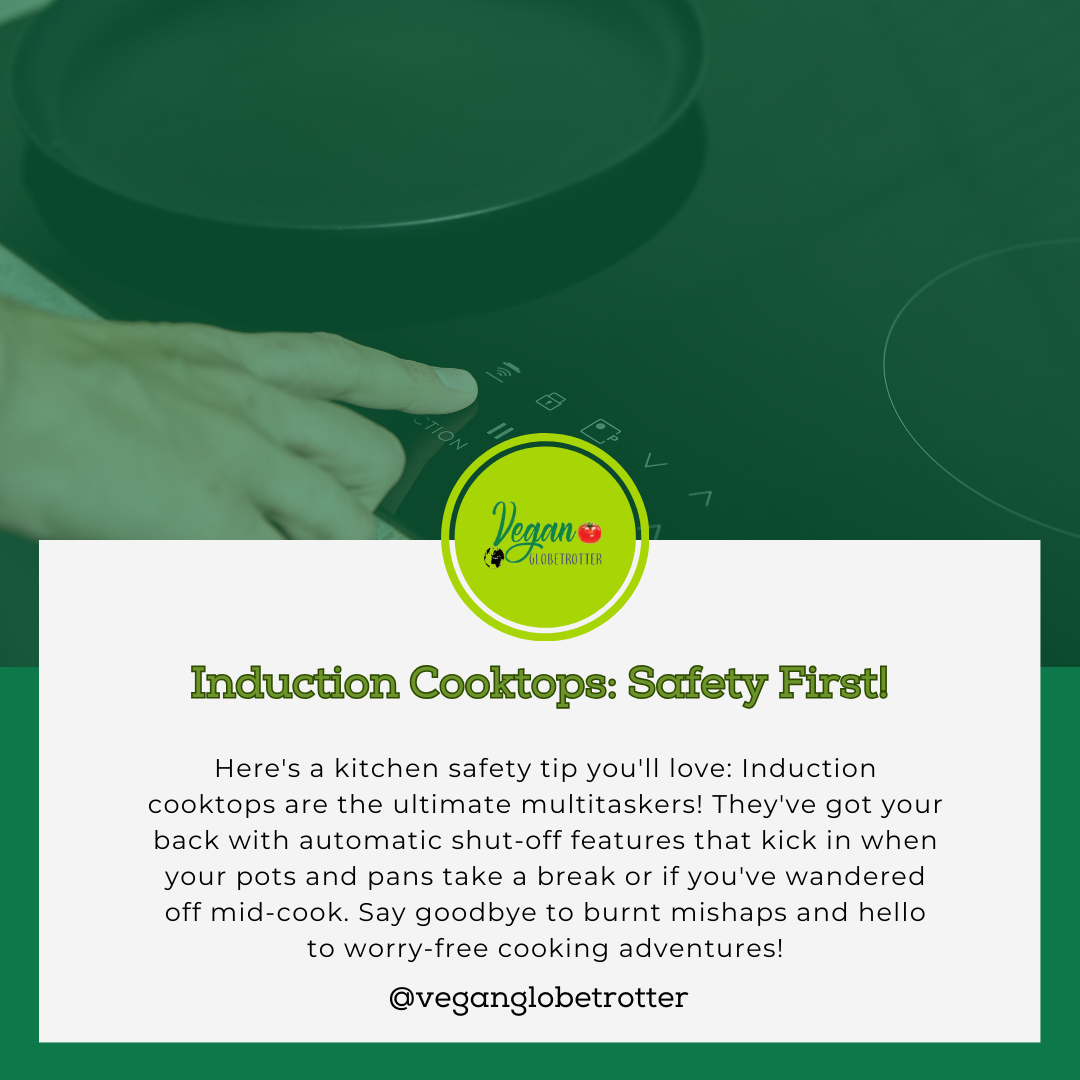
Design Features for Safety
The safety features of induction cooktops have been expertly designed to prevent burns and enhance kitchen safety. These include cool surface technology, automatic shut-off mechanisms, and child lock functionality.
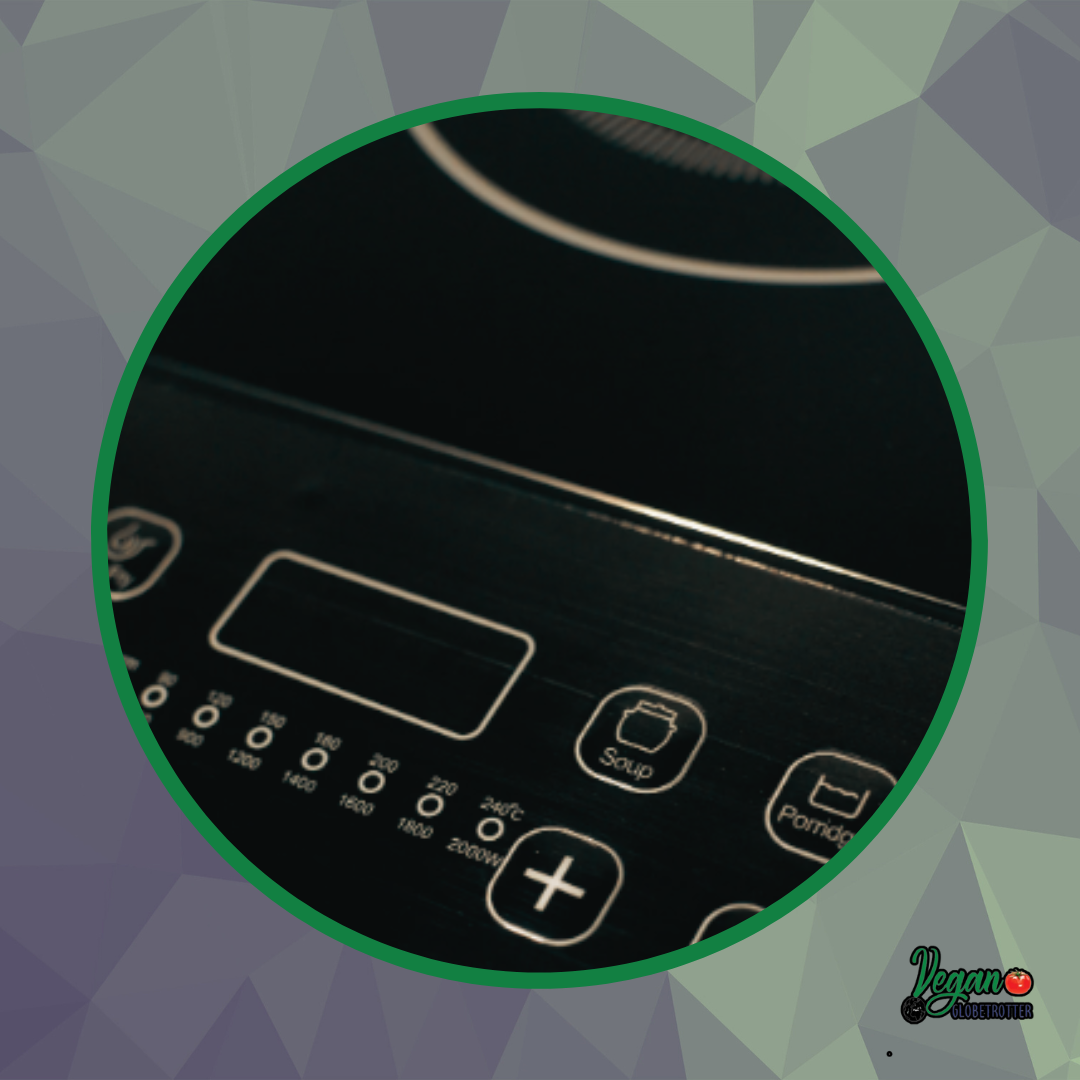
Cool Surface Technology
Induction cooktops utilize cool surface technology which ensures that the cooktop itself remains relatively cool to the touch.
This is possible because induction cooking heats the cookware directly through magnetic fields instead of heating the cooktop surface. As a result, accidental burns from touching the stovetop are less likely.
For example, Consumer Reports highlights that an induction stove’s cool surface helps prevent fire hazards and the risk of burns.
Automatic Shut-Off
Induction cooktops often feature an automatic shut-off mechanism that turns off the cooking zone if it doesn’t detect a pot or pan on the surface for a specified period of time.
This not only conserves energy but also reduces the risk of overheating or burning food, which could become a potential fire hazard if left unattended.
Child Lock Functionality
To further enhance safety, especially in households with children, induction cooktops may be equipped with a child lock functionality.
This feature allows the cooktop to be locked, making it inoperable by children and preventing accidental turning on of the cooktop or changes in the cooking settings. It acts as an important safeguard against unintended use, providing peace of mind for families.
Proper Use and Handling
When operating an induction cooktop, precise handling and the right equipment are key to preventing burns and ensuring a safe cooking environment.
Understanding cookware compatibility, maintaining optimal cooking temperatures, and following proper cleaning and maintenance protocols are fundamental.
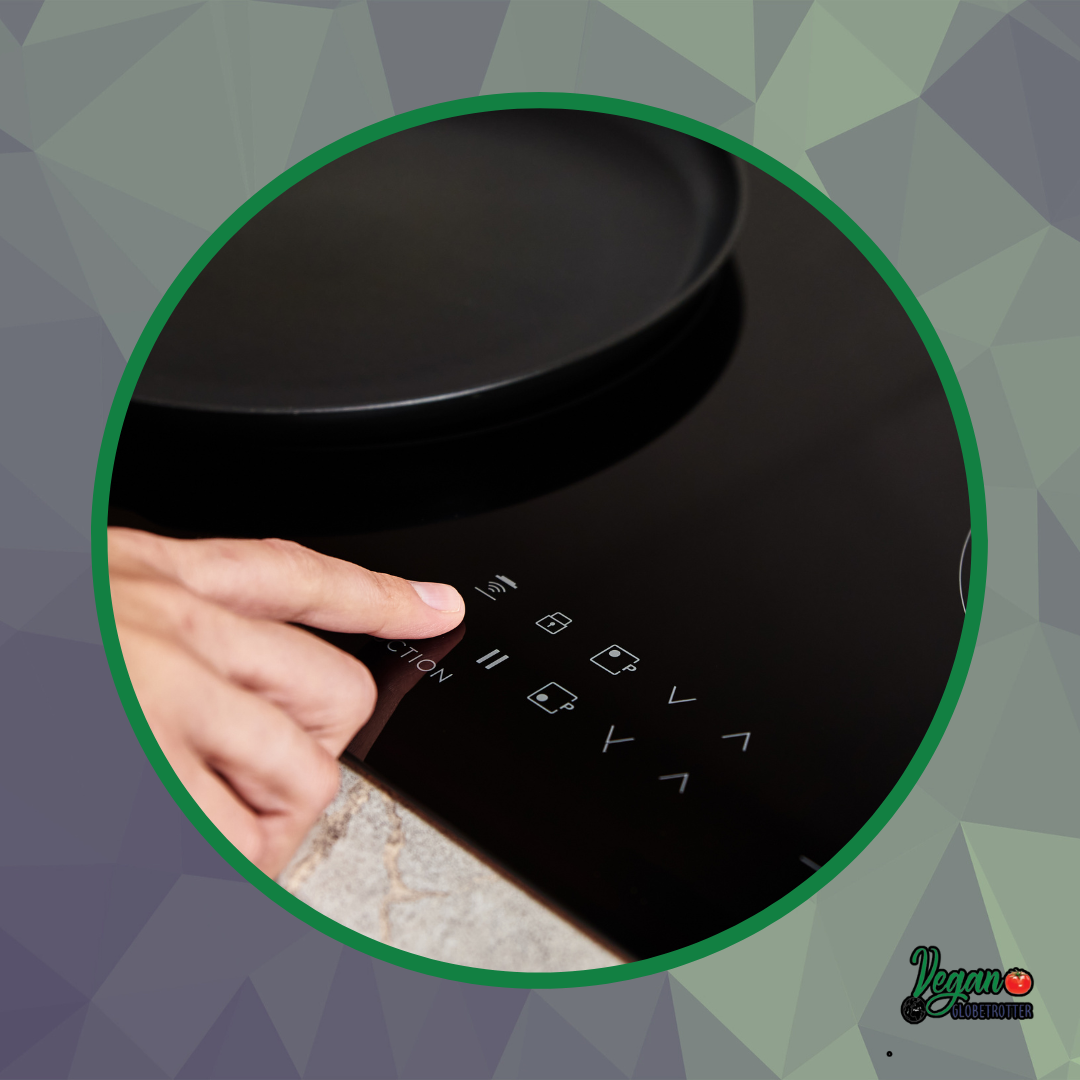
Cookware Compatibility
Induction cooktops require cookware with ferrous metal content, as it must be able to react with the cooktop’s magnetic field.
Users should perform a magnet test — if a magnet sticks to the bottom of the pot or pan, it is compatible.
Recommended materials include cast iron or magnetic stainless steel. Non-magnetic materials like copper, glass, and aluminum will not work unless they have a magnetic layer added to the bottom.
Optimal Cooking Temperatures
Induction cooktops excel at delivering precise cooking temperatures, which helps prevent burns from unexpected flare-ups.
To utilize this benefit, users should start with lower heat settings then adjust as needed for different cooking methods.
For instance, a medium setting is generally sufficient for boiling water, while a lower setting is ideal for simmering sauces.
Temperature settings should be adjusted gradually to avoid overheating, as induction cooktops heat cookware rapidly.
Cleaning and Maintenance
Keeping induction cooktops clean contributes to both safety and functionality.
The surface should be cleaned after each use with a soft cloth and a non-abrasive cleaner to maintain its integrity. Spills should be cleaned immediately after the cooktop cools down to prevent them from burning onto the surface.
Unlike gas or electric ranges, the flat surface of an induction cooktop makes it easier to clean and minimizes burn risks associated with crusted food debris.
Installation and Safety Standards
When installing an induction cooktop, compliance with specific installation guidelines and safety regulations is crucial to prevent burns and ensure the safe operation of the appliance.
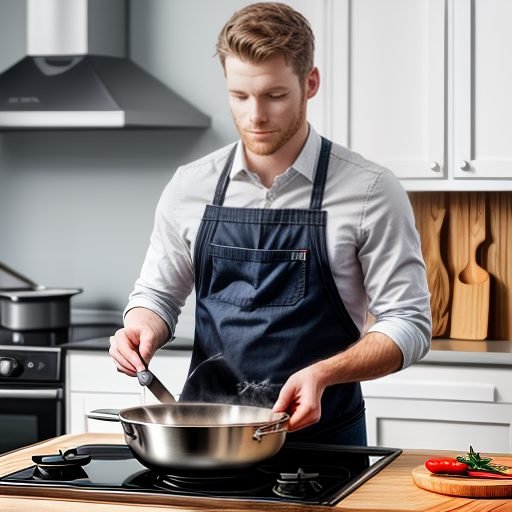
Installation Guidelines
The installation of an induction cooktop requires precise measurement and adequate countertop space.
It is essential that the electrical requirements are met, including a dedicated power supply that matches the voltage and amperage specifications of the cooktop.
Secure the unit according to the manufacturer’s instructions to maintain a stable cooking environment.
Ventilation should not be overlooked; while induction cooktops produce less ambient heat, proper airflow is still necessary to dissipate any heat that is generated.
Compliance with Safety Regulations
Induction cooktops must conform to various safety regulations, such as those put forth by Underwriters Laboratories (UL) or equivalent certification bodies.
These cooktops should have a safety lock feature, often referred to as “child lock,” which prevents unintended changes to the cooking settings.
Additionally, to preempt potential burn hazards, the installation of an induction cooktop with an auto-off function and a residual heat indicator—that signals if the cooktop is still hot after being turned off— is recommended by safety experts.
Preventing Common Burn Injuries
Ensuring safety in the kitchen requires awareness and proper handling of appliances. Induction cooktops offer a safer alternative to traditional cooking methods, but still pose burn risks.
Educating Users on Risks
Induction cooktops operate using magnetic fields to heat pots and pans directly. While the cooktop itself stays cooler than a traditional electric or gas burner, the potential for burns remains.
Pots and pans get extremely hot, and the risk of splattering oil or boiling liquids can still cause burns.
Key points to teach users include:
- The pot’s contents will be hot, and safe handling requires caution.
- Always use oven mitts or pot holders when handling cookware.
- Be aware that metal utensils can get hot if left in the pot.
- Keep flammable materials away from the cooktop.
Induction cooktops have built-in safety features such as the automatic shut-off, which add a layer of protection that traditional cooktops lack. However, user education is paramount in preventing burns.
First Aid Measures for Burns
In the event of a burn, immediate and appropriate action can reduce the severity of the injury.
For minor burns:
- Cool the burn under running tap water (at 60-75°F) for at least 20 minutes.
- After cooling, clean the area gently with mild soap and water.
- Cover the burn with a sterile bandage or clean cloth.
For serious burns or if the size and depth of the burn are concerning, it is imperative to seek professional medical help. The University of Utah Health Burn Center advises calling for help and provides a hotline for immediate guidance.
Active cooling of the burn has been demonstrated to reduce burn depth and improve healing time. It is critical not to apply ice directly to the burn, as this can cause more damage to the skin.
Induction Cooktops Help Prevent Burns: Navigating Safety and Efficiency in Modern Kitchens
We’ve explored the world of induction cooking, uncovering its numerous benefits and safety features. Throughout the article, we learned how induction cooktops revolutionize kitchen safety, offering cool surfaces and precise temperature control to prevent burns and improve efficiency.
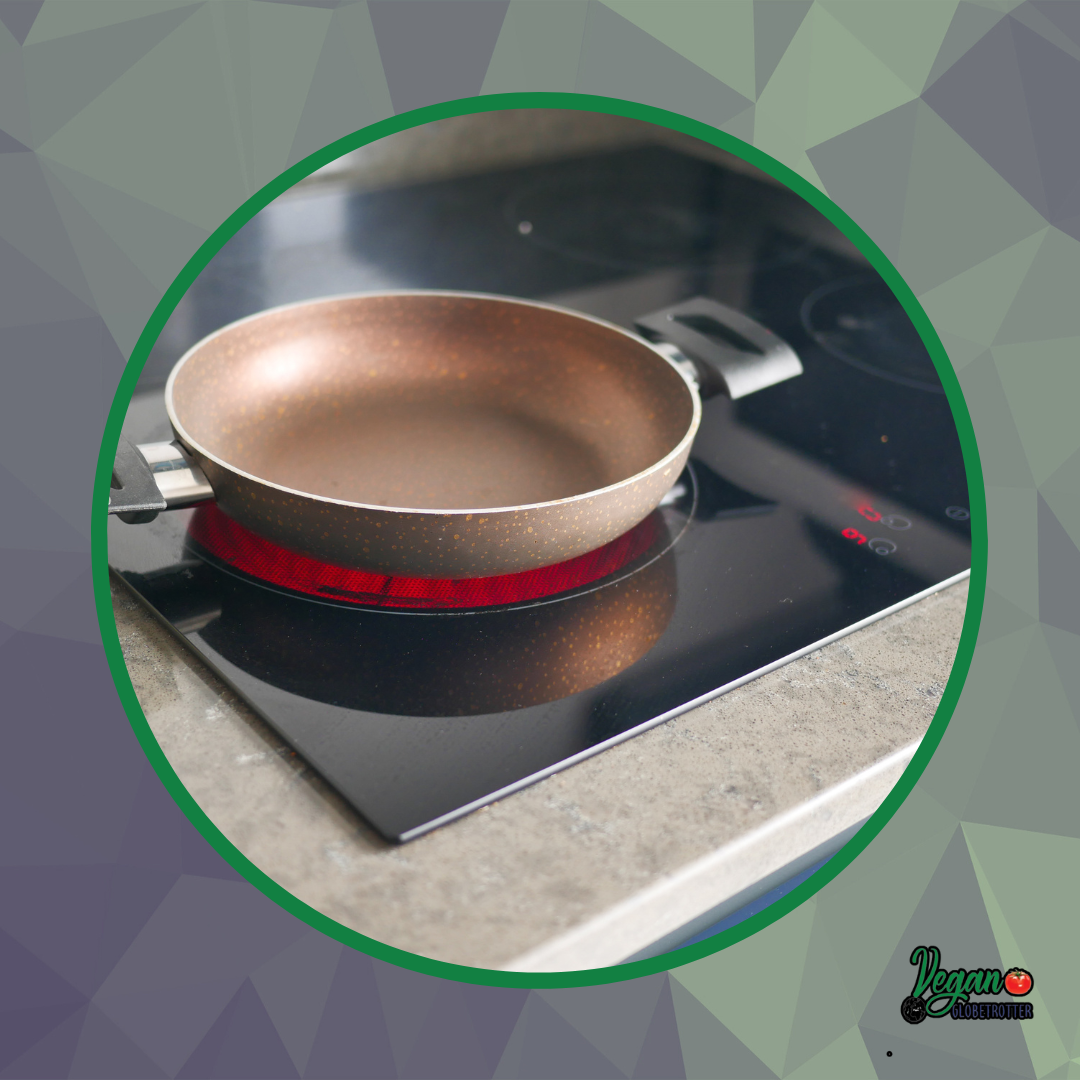
Key points such as the direct heating of cookware, cool surface technology, and the importance of proper installation and handling were covered, likely expanding our understanding of induction technology. Despite the safety features integrated into these sleek appliances, it’s crucial to remain cautious in the kitchen.
Accidents can still happen despite the advanced safety measures, reminding us to always exercise care and attention during cooking. However, it’s reassuring to know that, more often than not, induction cookers provide a safe and efficient cooking experience for households and professional kitchens alike. So, let’s continue to enjoy the benefits of modern cooking technology while staying mindful of safety at all times.
Frequently Asked Questions
Induction cooktops offer innovative technology to reduce burn risks in the kitchen. This section addresses common concerns and provides clear answers for safe and effective use.
What safety measures should be taken to avoid burns while using an induction cooktop?
Users should always handle cookware with care, as the pots and pans can get very hot.
They should also keep metal objects away from the cooktop to prevent unintended heating.
How should one clean an induction cooktop without causing damage to its surface?
To clean an induction cooktop, one should wait for the cooking surface to cool down. Then, use a soft cloth or sponge with mild detergent, avoiding abrasive materials that can scratch the surface.
Can induction cooktops remain cool to the touch during operation, and how does this feature work?
Yes, induction cooktops remain cool to the touch during operation. This is because induction cooking heats the cookware directly through a magnetic field, without heating the cooktop itself.
Are there any recommended protective accessories to use with an induction cooktop?
There are no specific protective accessories needed for induction cooktops. However, using cookware specifically designed for induction cooking can enhance safety and efficiency.
Why might an induction cooktop retain heat after being turned off, and how can this be addressed?
An induction cooktop may retain heat after being turned off due to residual heat from the cookware. To address this, users should remove the cookware from the cooktop and allow it to cool before touching the surface.
What natural methods are effective for cleaning the surface of an induction cooktop?
You can use a vinegar and water solution or baking soda paste as natural cleaning methods. These substances can help remove burn marks from an induction cooktop without the use of harsh chemicals.

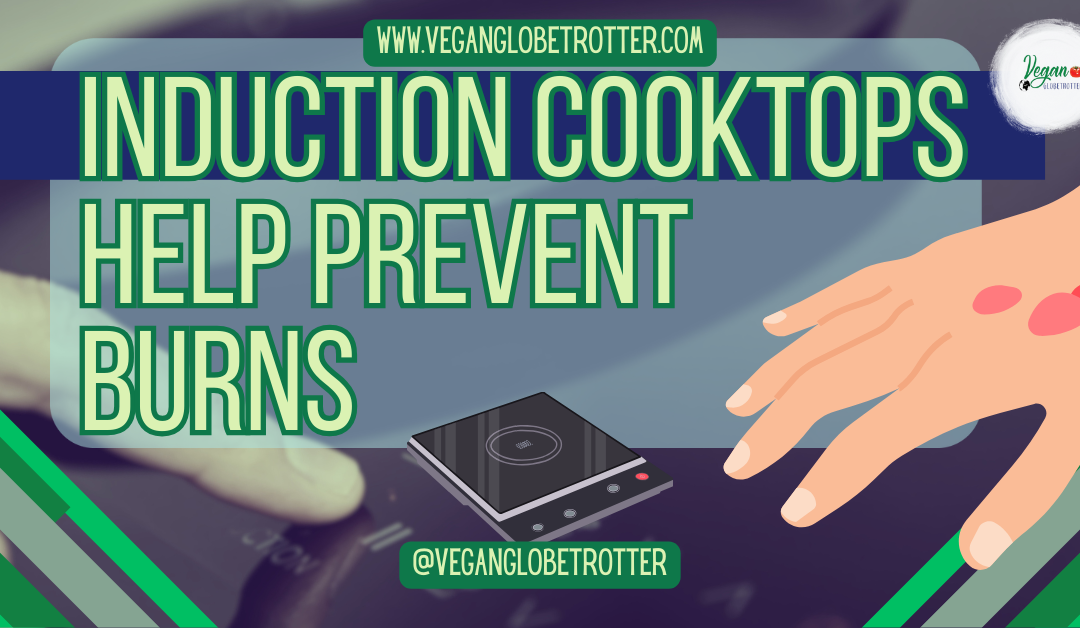

Don't miss out
when new recipes and information are added!
Join our newsletter for free recipes,
healthy living inspiration, and special offers
You have Successfully Subscribed!